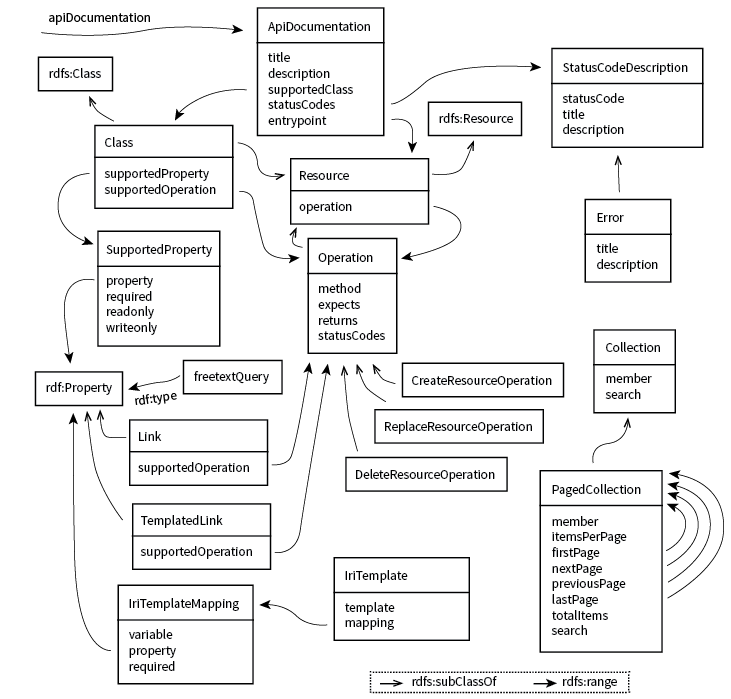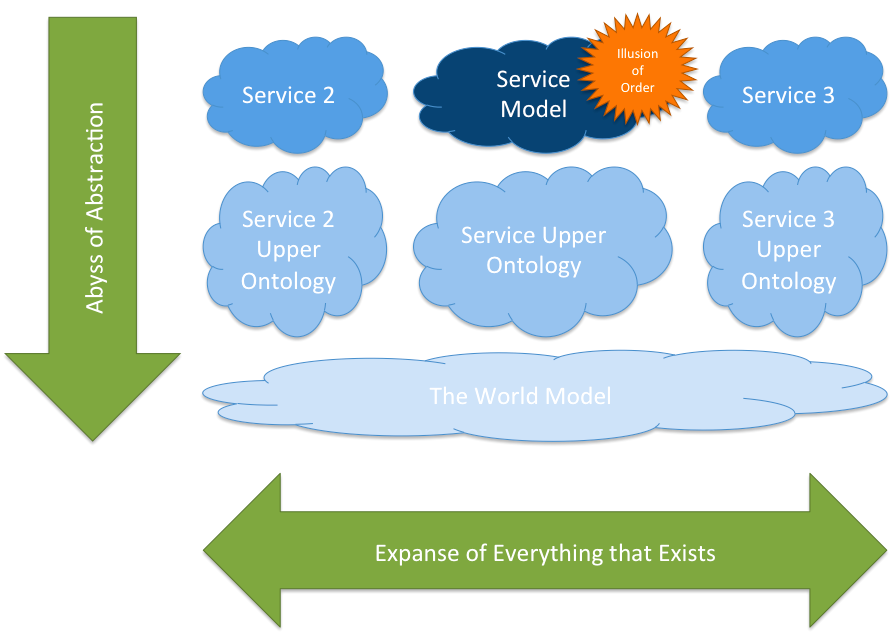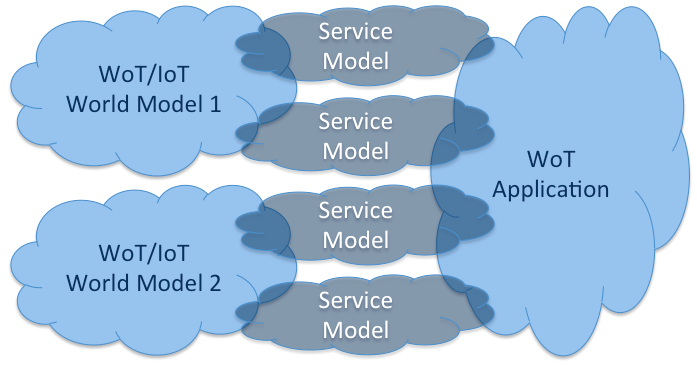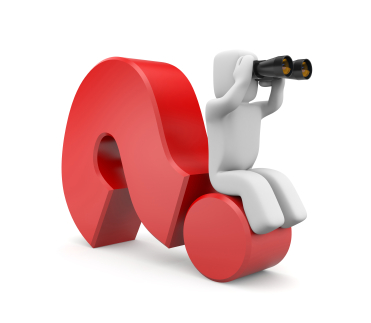What WoT means for the Web
International Conference on Knowledge Engineering and Semantic Web (KESW 2015) [http://2015.kesw.ru/]
Erik Wilde, Siemens
October 1, 2015
![]() [http://creativecommons.org/licenses/by/3.0/]
[http://creativecommons.org/licenses/by/3.0/]
This work is licensed under a CC
Attribution 3.0 Unported License [http://creativecommons.org/licenses/by/3.0/]








